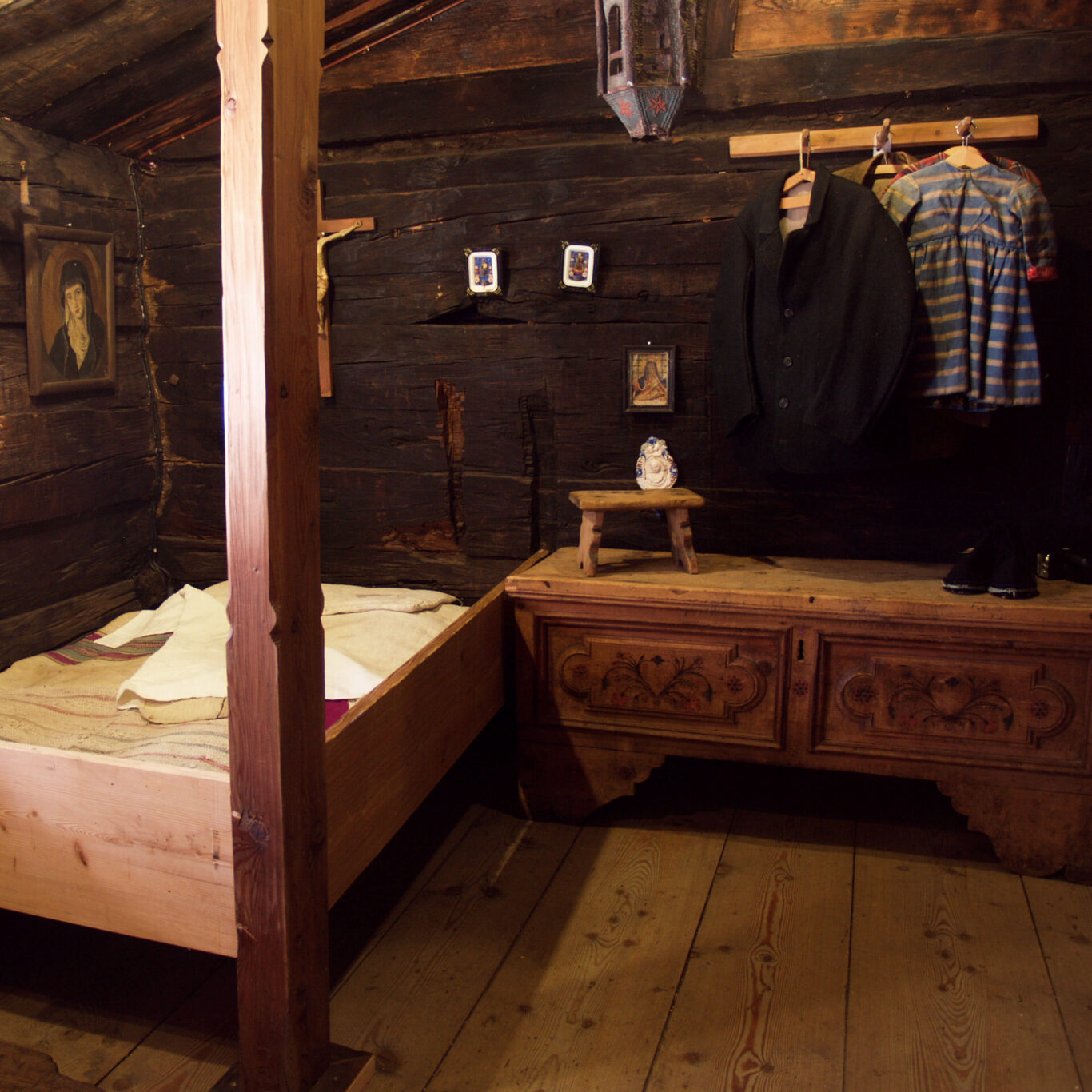
The Museum of Lifestyle
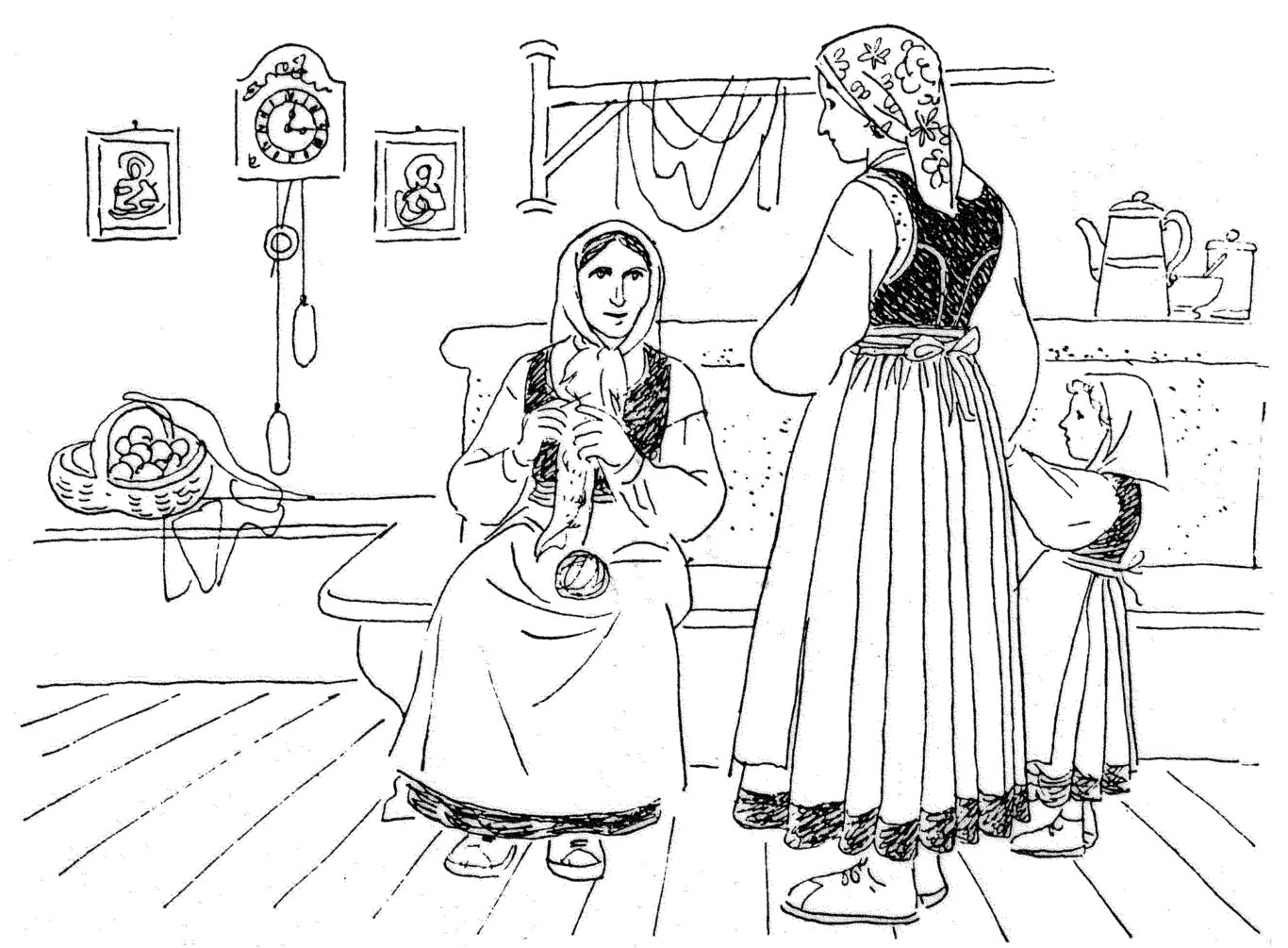
In part of the exhibition rooms, the Museum Walserhaus presents itself as a lifestyle museum, where the old way of life and living and the household chores of yesteryear are illustrated.
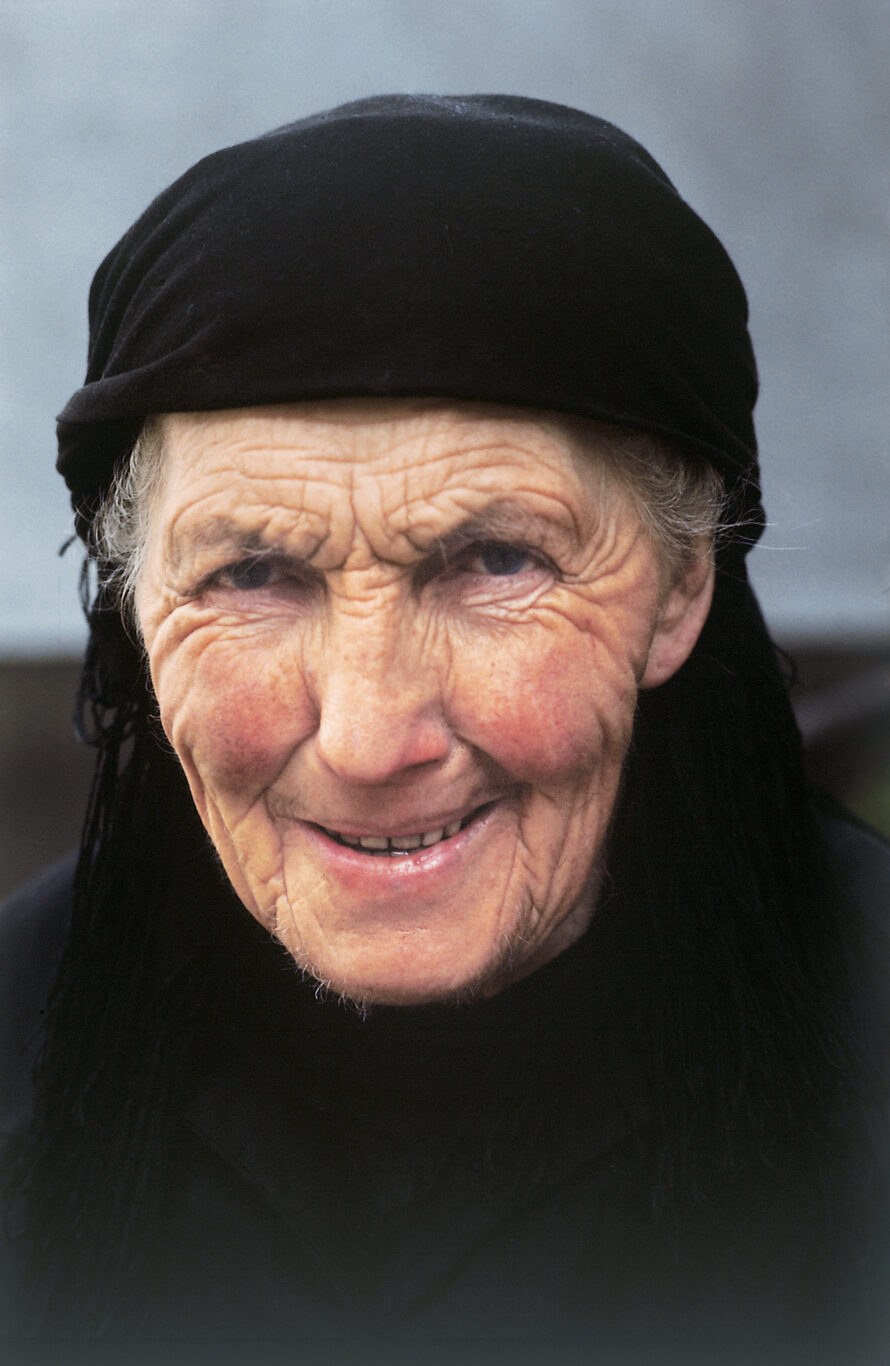
The kitchen
Chomat ennar, ech zeichu-nech mijs Fijrhüiss!
Come in, I show you my kitchen!
Next to the Schtubu (living room) the kitchen is the most important room for family life. In Ggurijnartitsch it is called Fijrhüiss, the house of the fire, because this is where the fireplace (Fijraschu) is located, where cooking and cheese making takes place. The kitchen is located at the back of the house, partially inserted into the slope, and usually has no windows. The walls of the kitchen are made of stone to prevent fires.
In the kitchen there are shelves (Brattschi) on which various vessels made of wood, soapstone and cast iron are kept, as well as the utensils for cooking and milk processing.
Everything necessary is there, from the various pans (Pfånna), kettles (Chèssalti) and pots to the butts (Puntschi) and barrels (Fèssar) in different sizes, plus containers for the flour, water, milk and wine, as well as a coffee grinder (Ggaffèmeli) and a coffee jug (Ggaffèchrüagg) and, of course, all kinds of cutlery (Pschtèkch).
But there are also many interesting things to discover about nutrition, bread baking and the use of other utensils.
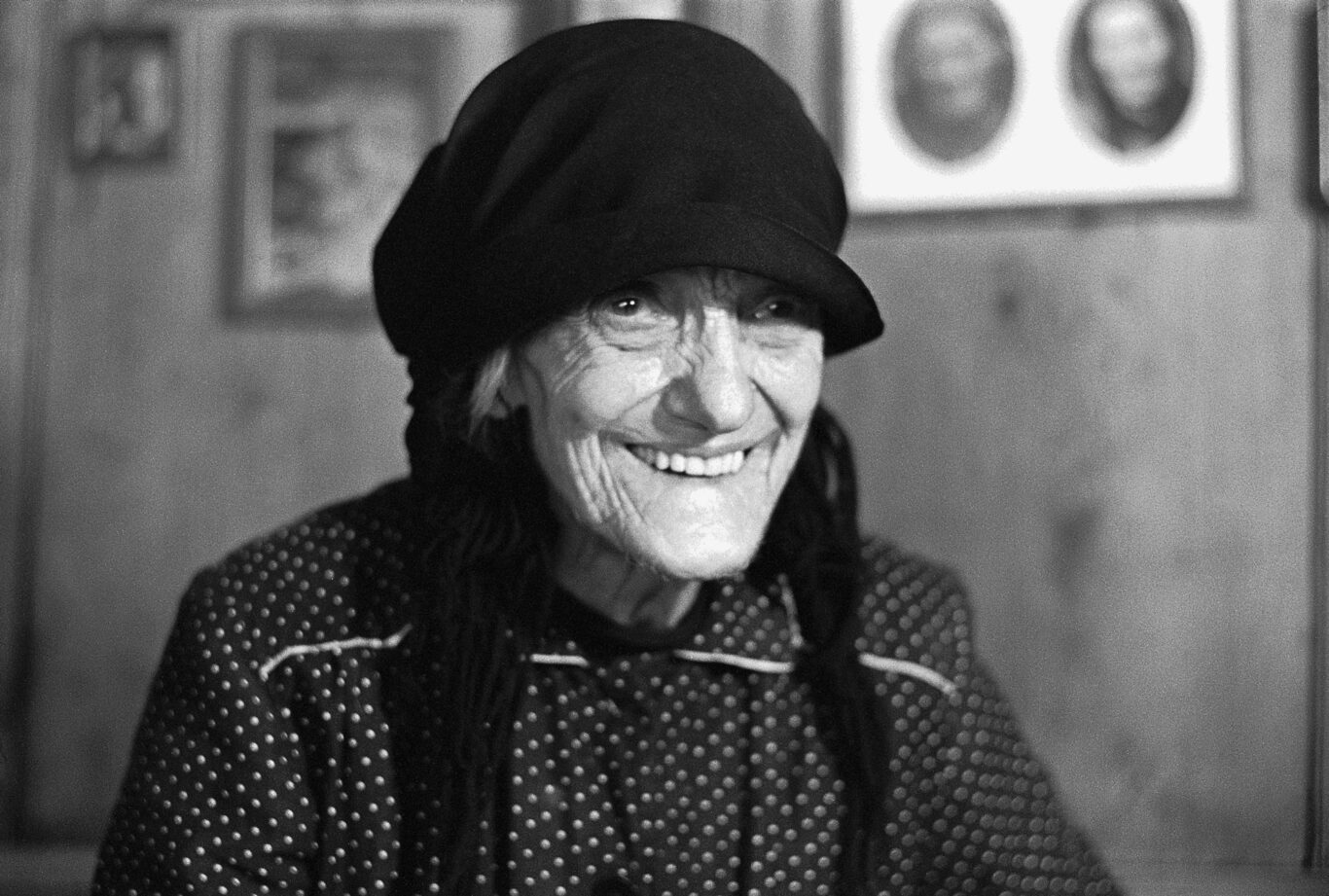
The Schtubu
Fer an güata Ggschmåkch z heigin en t Schtubu,
hèt-mu dè Brandschlu ubar a Chèrzu ggha un-scha lå varbrènna.
In order to have a good scent in the living room,
juniper boughs were burnt over a candle.
The Schtubu is the only room heated by a large soapstone stove (Schteinofa). The Schtubu always faces the sun. The windows are small so that the heat is not lost. In the Schtubu most of the indoor everyday life takes place, especially in winter. Community cohesion is cultivated here, as people meet to do various tasks together, to sing and to tell stories and legends. In addition to the stove with a stove bench, the Schtubualso contains a sometimes decorated, engraved or, more rarely, burnt cupboard (Schtubuggantarli), a bed, a table with chairs and sometimes a cage for the chickens (Hènnuggåpschu).
In this room you can also discover a lot about life in the family, the work in the household and the processing of soapstone.
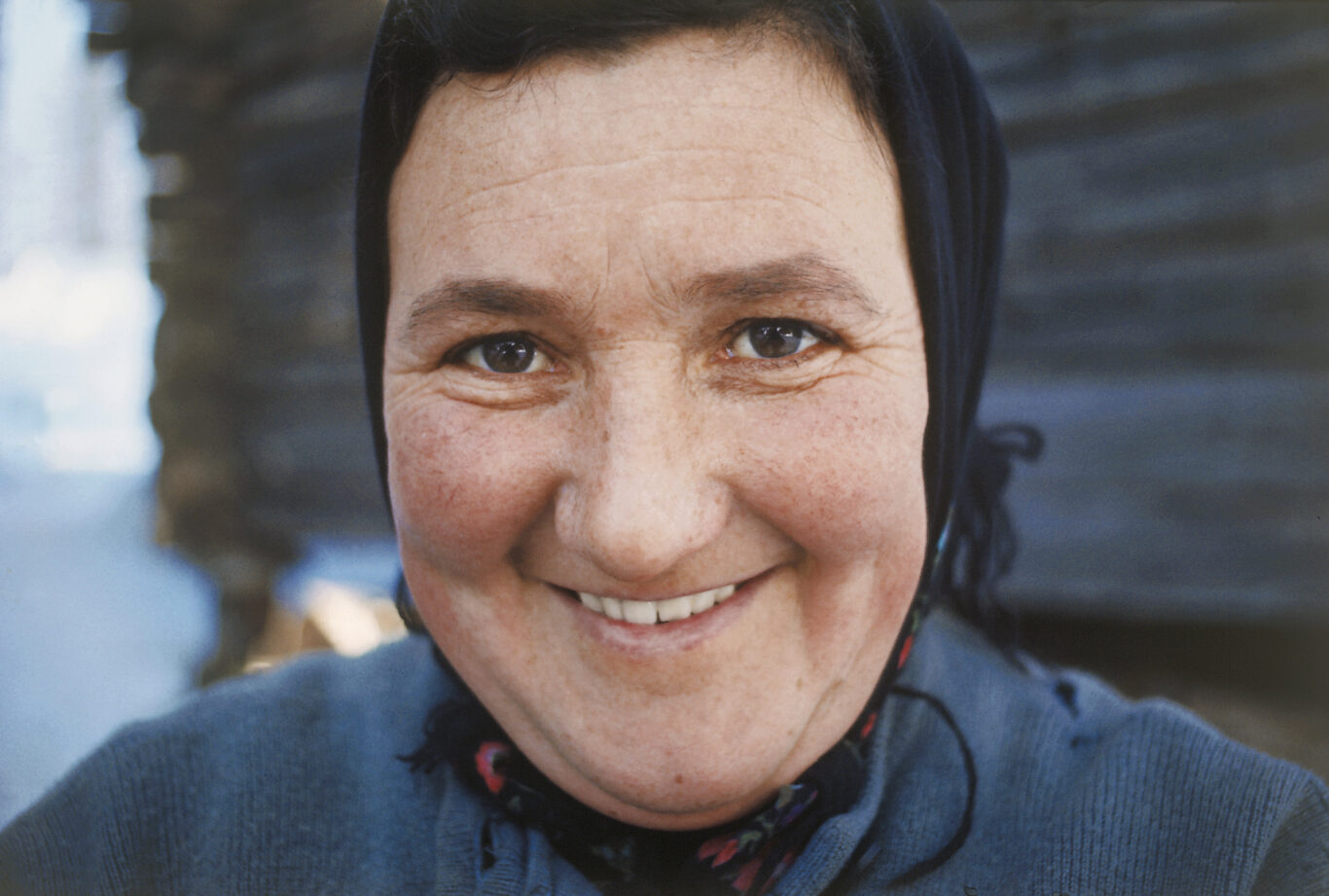
The Schpijchar
Em Schpijchar schlååfan tr Åttu un t Müatar un ti chlinschtu Chenn.
In the bedroom the father and mother sleep with the younger children.
The bedroom ( Schpijchar) is on the first floor above the Schtubu It is reached by a staircase made of a single tree trunk that has been hewn out.
Some family members sleep in this small room which gets a little warmth through a hole in the floor above the stove. Especially in winter, people also sleep in the living room on the stove benches or on the soapstone stove itself, on the bed, sometimes on a layer of wood chips on the floor.
In the Schpijchar there is a bed (Bètt) made of boards, the cradle (Lagrat, Lagratschi) for the new-borns and a chest (Cheschtu) with the laundry. On the walls hang a holy water font (Wiawåssarchèssalti), a cross (Chritz) and images of saints. In the Schpijchar you can learn a lot of interesting things about the trousseau, the dresses and costumes as well as the objects for the new-borns and children.

